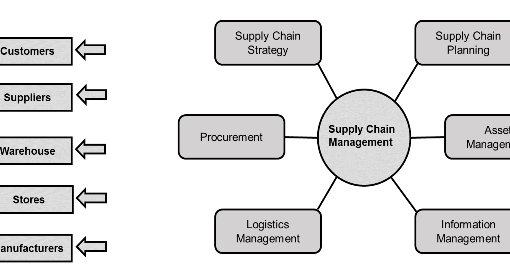The business world is in a constant state of evolution, and organizations need to adapt to stay ahead of the competition. In the realm of enterprise resource planning (ERP) systems, SAP ECC (Enterprise Central Component) has long been a trusted solution for businesses across various industries. However, as technology advances and demands change, SAP introduced its next-generation ERP suite, S/4HANA. In this blog post, we will explore the journey from ECC to S/4HANA, highlighting its benefits, challenges, and key considerations.
Understanding ECC and S/4HANA:
SAP ECC has been the cornerstone of SAP’s ERP offering for many years. It is a robust and feature-rich system that provides functionalities such as finance, procurement, sales, and manufacturing. However, ECC relies on a traditional relational database system, which limits its ability to handle massive data volumes and complex analytics in real-time.
SAP S/4HANA, on the other hand, is an intelligent, in-memory ERP suite built on SAP’s proprietary HANA database. It leverages in-memory computing to enable real-time data processing, advanced analytics, and simplified user interfaces. S4 HANA represents a significant shift from ECC, offering enhanced capabilities, improved user experiences, and greater agility in responding to evolving business needs.
Benefits of Transitioning to S/4HANA:
- Real-time insights: S/4HANA’s in-memory computing allows businesses to process vast amounts of data in real-time, enabling faster decision-making and improved operational efficiency.
- Simplified user experience: S/4HANA provides a modern and intuitive user interface, fostering productivity and reducing training efforts for end-users.
- Advanced analytics: The embedded analytics capabilities of S4 HANA empower organizations to gain deeper insights, perform predictive analysis, and make data-driven decisions.
- Enhanced functionality: S/4HANA offers enhanced functionalities and industry-specific solutions, allowing businesses to leverage new features and optimize their processes.
- Cloud readiness: S/4HANA provides the foundation for businesses to move towards a cloud-based ERP solution, unlocking the benefits of scalability, flexibility, and reduced infrastructure costs.
Challenges and Considerations:
- Data migration: Migrating data from ECC to S4 HANA requires careful planning, data cleansing, and validation to ensure data integrity and consistency in the new system.
- Custom code adaptations: As S4 HANA adopts a simplified data model and new technologies, custom code developed for ECC may need to be adjusted or redeveloped to align with S/4HANA’s architecture.
- Business process reengineering: The transition presents an opportunity to review and optimize existing business processes. Organizations should assess and redefine processes to fully leverage S/4HANA’s capabilities and industry best practices.
- Training and change management: As S/4HANA introduces a new user interface and functionalities, adequate training and change management initiatives are crucial to ensure a smooth transition and user adoption.
- Project planning and resource allocation: The transition from ECC to S/4HANA is a significant undertaking. Proper project planning, resource allocation, and collaboration between business and IT teams are essential for successful implementation.
Conclusion:
The move from SAP ECC to S/4HANA represents a strategic shift towards a modern, intelligent, and future-ready ERP system. By embracing S/4HANA, organizations can unlock real-time insights, simplified user experiences, and advanced analytics to drive operational excellence and business growth. However, the transition requires careful planning, data migration, process reengineering, and change management to maximize the benefits of the new system.
As you embark on the journey from ECC to S/4HANA, consider partnering with experienced SAP consultants and experts to guide you through the process. With the right approach, your organization can seamlessly transition to S/4HANA and embrace the full potential of next-generation ERP.





